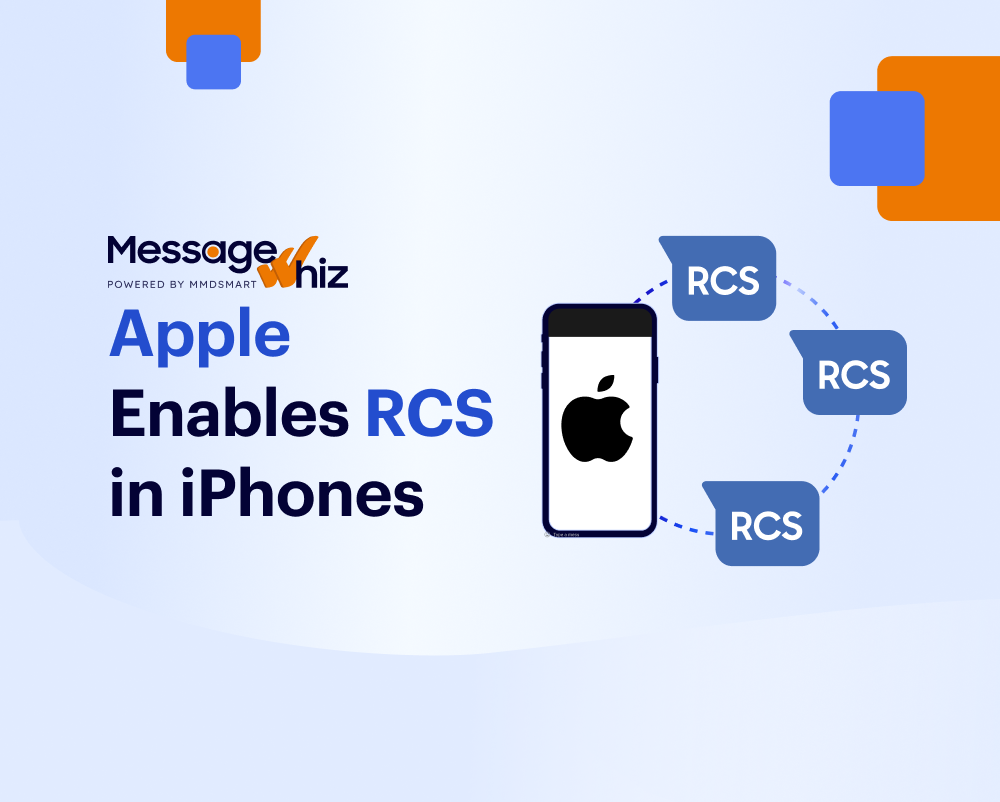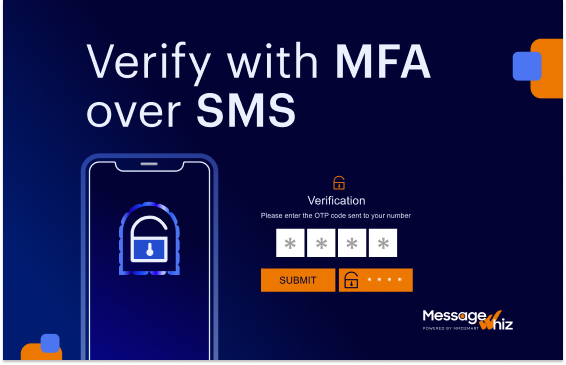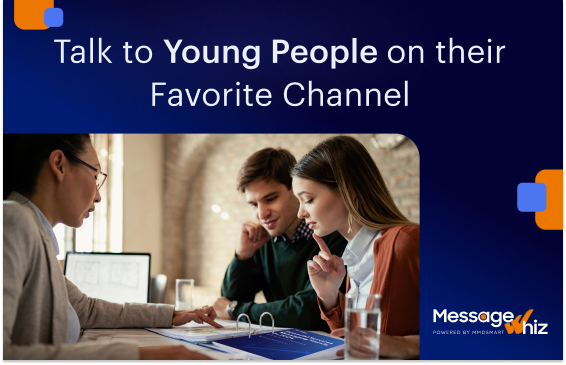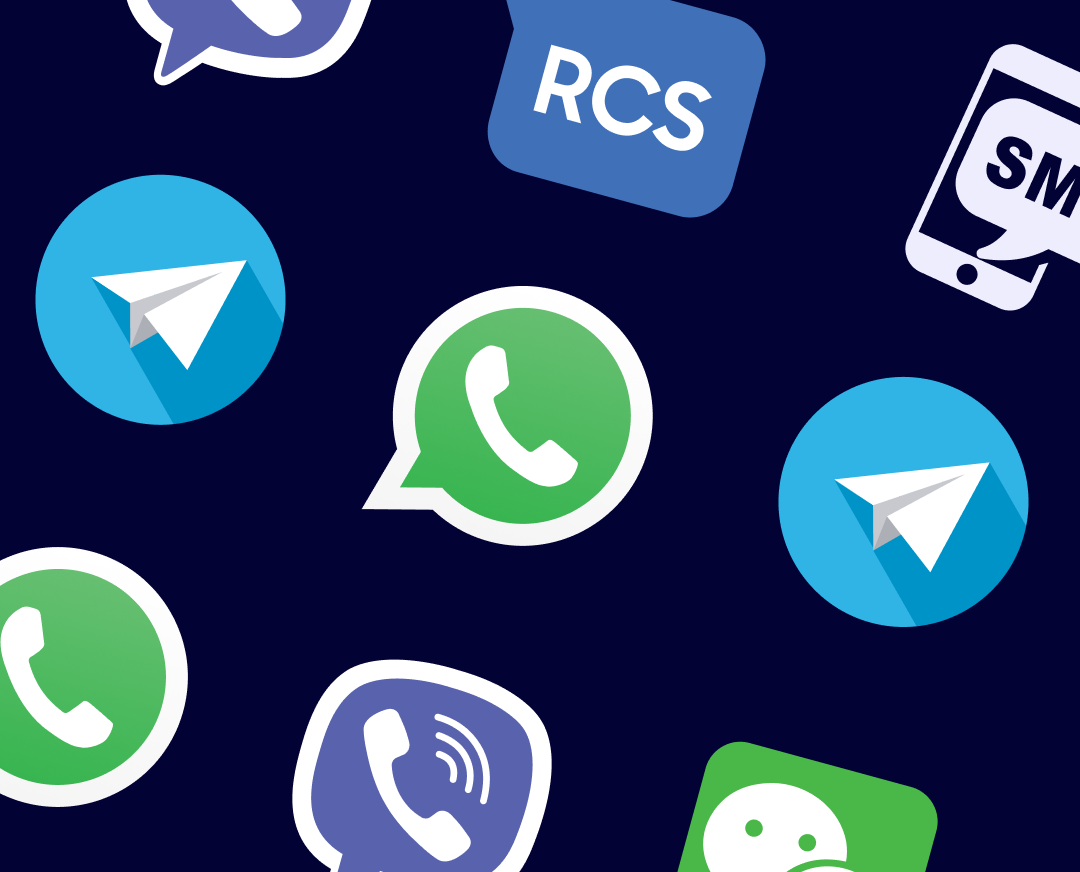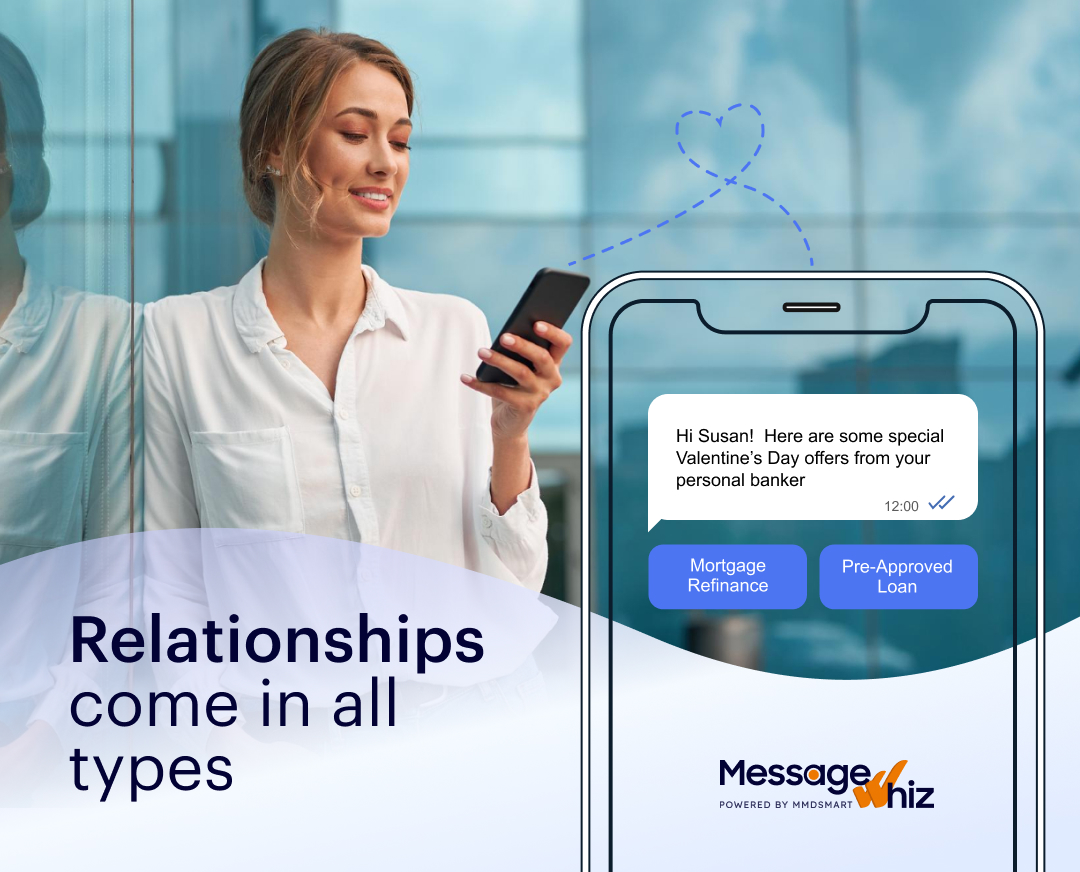If you’re an online retailer, undoubtably you’ve been told the importance of creating a mobile-optimized experience for your mobile traffic. That makes sense. After all, according to a Monetate eCommerce Benchmarks report, over 60% of global web traffic takes place on mobile devices. However, the same report shows that while 3.9% of desktop visitors are converting on sites, mobile users convert at a rate of less than half, at 1.82%.
For retailers who are relying on mobile traffic for sales, that’s a troubling conversion rate. Developing a strong sales pipeline built on mobile traffic is at the heart of most retailer’s sales strategy. Discovering that mobile consumers are on your site but less than half as likely as desktop traffic to convert can make retailers question their entire mobile strategy.
Redefining Mobile-Optimized Experience
Mobile optimized sites can mean a lot of different things. At its most basic level, it means that the content on the desktop site has been modified to fit a mobile screen. More advanced retailers may create different types of content for their mobile and desktop visitors. However, to be truly mobile-optimized, retailers need to rethink the online user experience.
Most ecommerce sites make it easy for mobile browsers to view merchandise, read product descriptions, or watch product-related videos. The problem for mobile users comes up at the next stage – conversion. Far too many sites force users to pay using small form fields, uncomfortable drop-down menus, and the wrong keyboard. When asking for a phone number, how many mobile websites access a number keypad rather than a standard QWERTY keyboard?
Optimizing Mobile Conversion
Online retailers need to rethink the final steps of their customer journey to improve their mobile conversion rate. Rather than using desktop tools to drive conversions, they need to implement mobile-first, chat-based tools. Using chatbots, RCS messaging and messenger applications, retailers can drive sales and improve upsell opportunities using mobile-native messaging applications.
Mobile users thrive on chat apps, and they are perfectly comfortable providing information needed to close a sale, such as name, address and credit card information, through secure chat windows. Implementing chat-based tools to close your mobile customer sales will complete a mobile-optimized experience, and make your customers much more likely to close, rather than abandon another shopping cart.
Talk to the MessageWhiz chat experts and find out how you can improve your customers’ user experience on mobile devices. We deliver a company text message service that converts.









